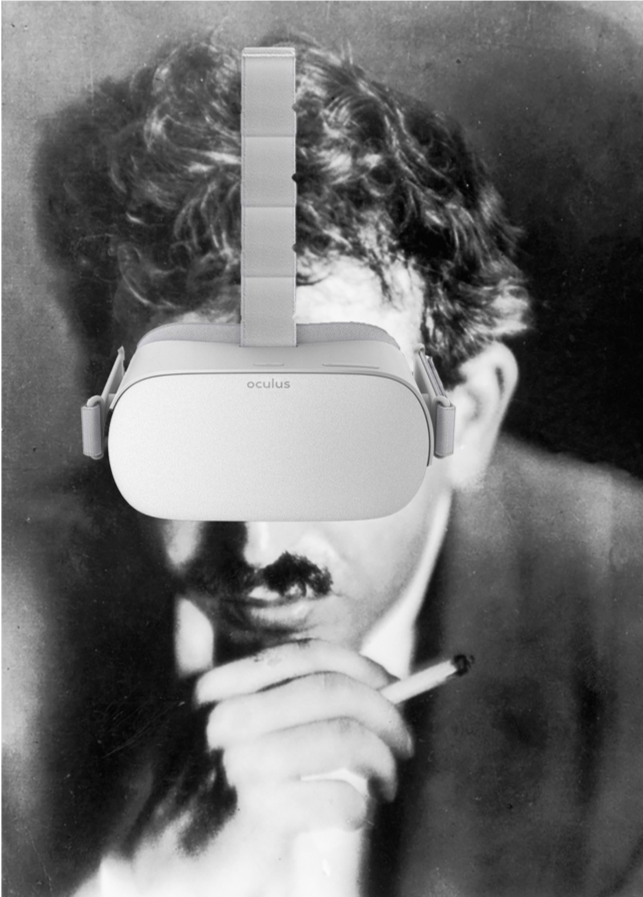The most important thing that can be derived from Walter Benjamin’s essay ” The Work of Art in the Age of Mechanical Reproduction” is the concept of the aura. Benjamin argued that the latter is the uniqueness and originality of an art work. It is felt when one shares the same slice of the space-time with the art work. And it is lost in pictures or replicas because they are merely an immitation of reality. So how does this apply to social media today?
In fact, social media did not only facilitate the immitation of art works, it also opened the door to misrepresenting them. with photoshop applications it is very rare to see a realistic picture on social media, wether it is originally taken or a replica of an already existing work of art. Degital cameras allowed the act of replicating to be a continous daily process. Thus, a single view, painting, sculpture or any other form of art can be immitated in different ways and from various angles.
On another hand, Benjamin’s claim that art has lost its originall purpose, which was experiencing beauty and appreciating creativeness, is proven right over the years. All forms of art in our age are used to serve various purposes other than the authentic ones. They are utilized to brain wash the masses into believing in new ideas, hating certain ethnic group, or even buying specific products. Thus, art nowadays is a dangerous tool in the very wrong hands. People must be selective when it comes to exposing themself to any kind of art work in our century.
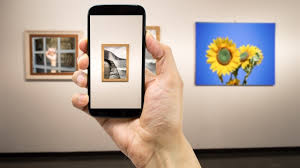

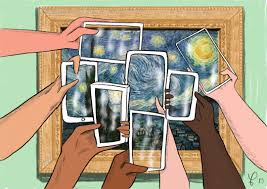
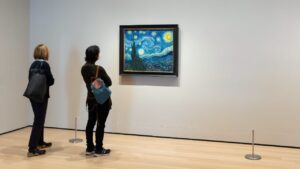
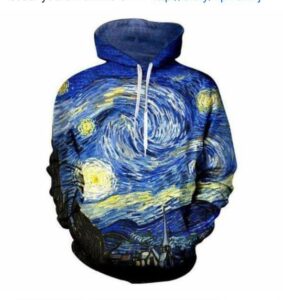
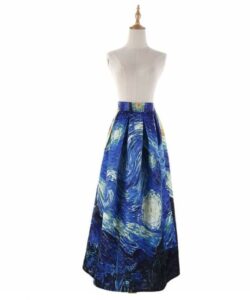 = =
= =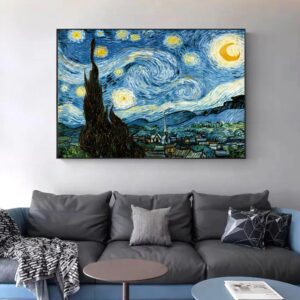
 only at the time when it was published but its impact can be sensed in our contemporary world as well. It opens up new avenues for thinking critically about how we perceive art. It draws on many art forms namely, paintings, films, and theatre. In his article, Benjamin sheds light on a very significant term that became associated with this specific article. This term is what Benjamin names the “aura”. He defines the “aura” as a ‘strange weave of time and place’. In other terms, the aura is the uniqueness of an object produced in a certain time and space. It is what gives a piece of art that sense of authenticity.
only at the time when it was published but its impact can be sensed in our contemporary world as well. It opens up new avenues for thinking critically about how we perceive art. It draws on many art forms namely, paintings, films, and theatre. In his article, Benjamin sheds light on a very significant term that became associated with this specific article. This term is what Benjamin names the “aura”. He defines the “aura” as a ‘strange weave of time and place’. In other terms, the aura is the uniqueness of an object produced in a certain time and space. It is what gives a piece of art that sense of authenticity. 